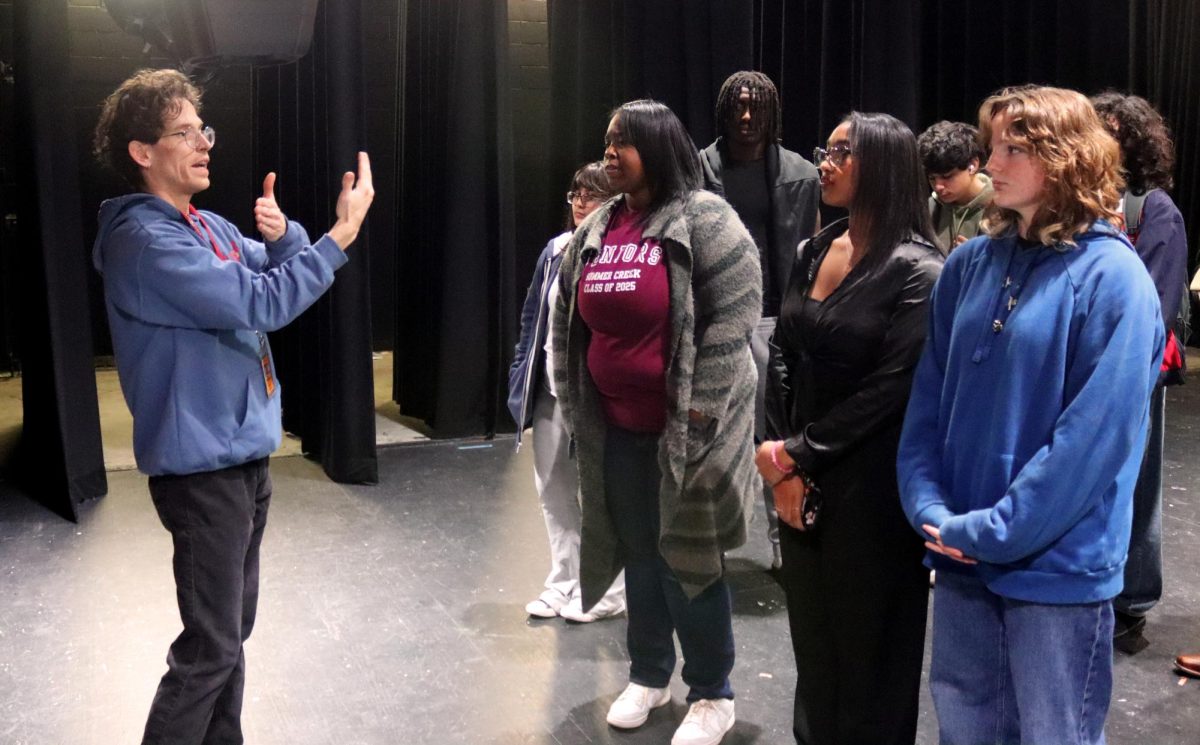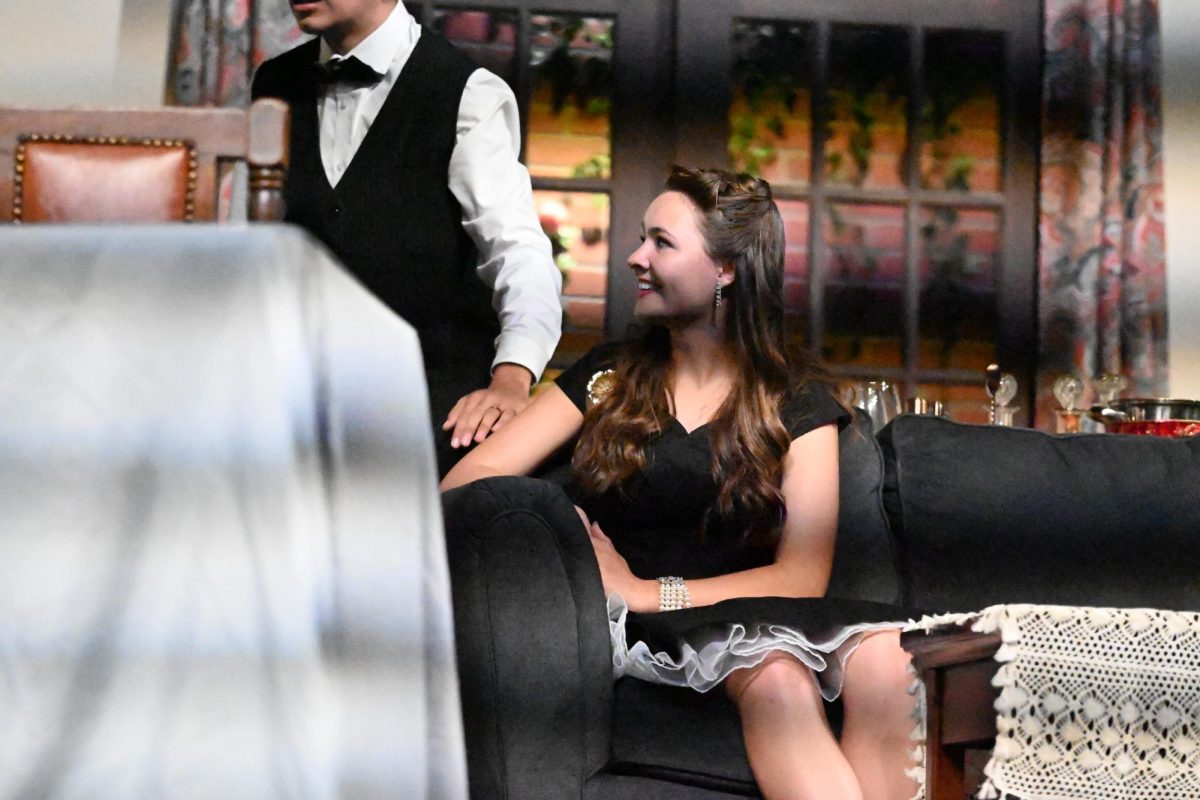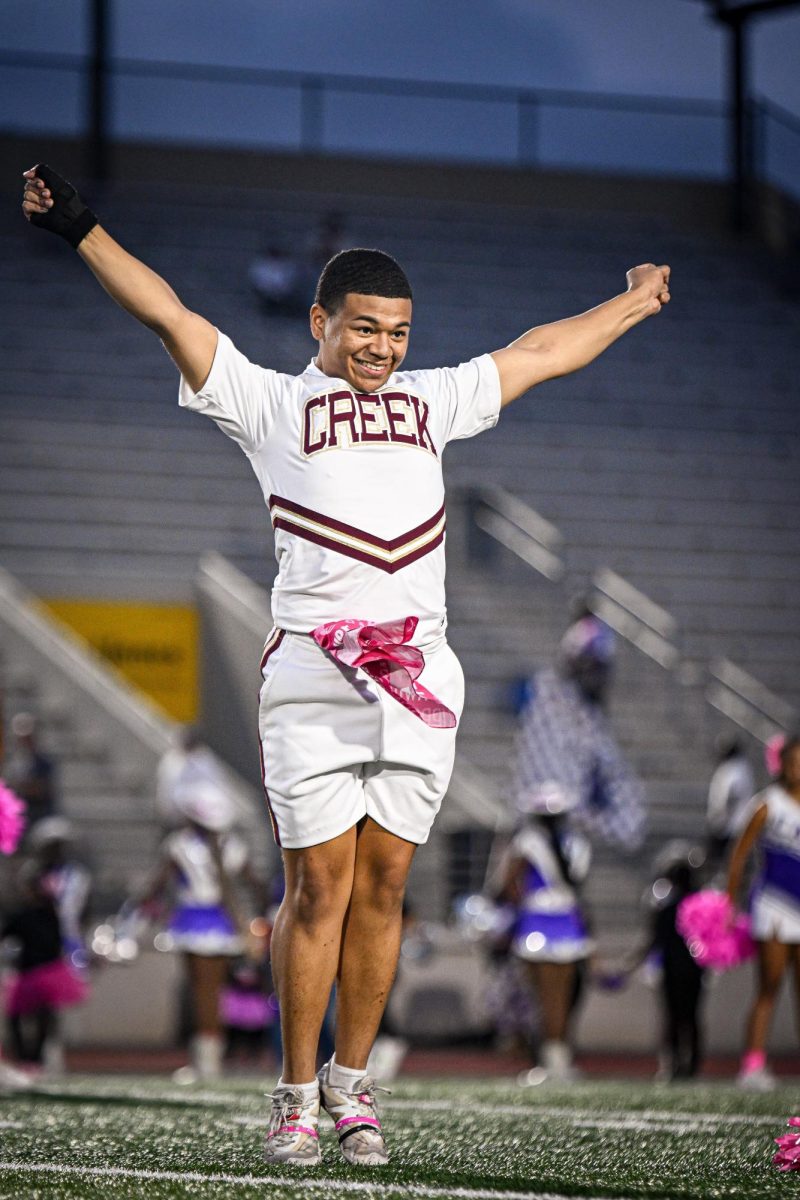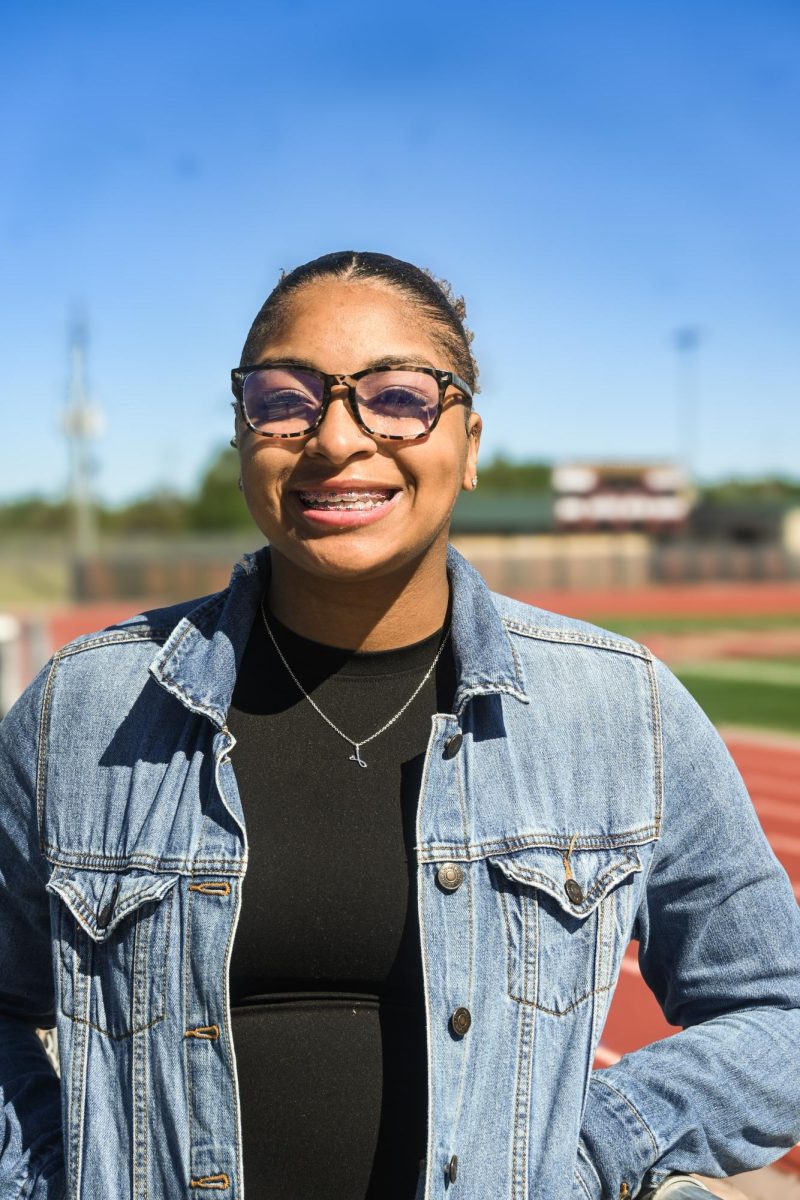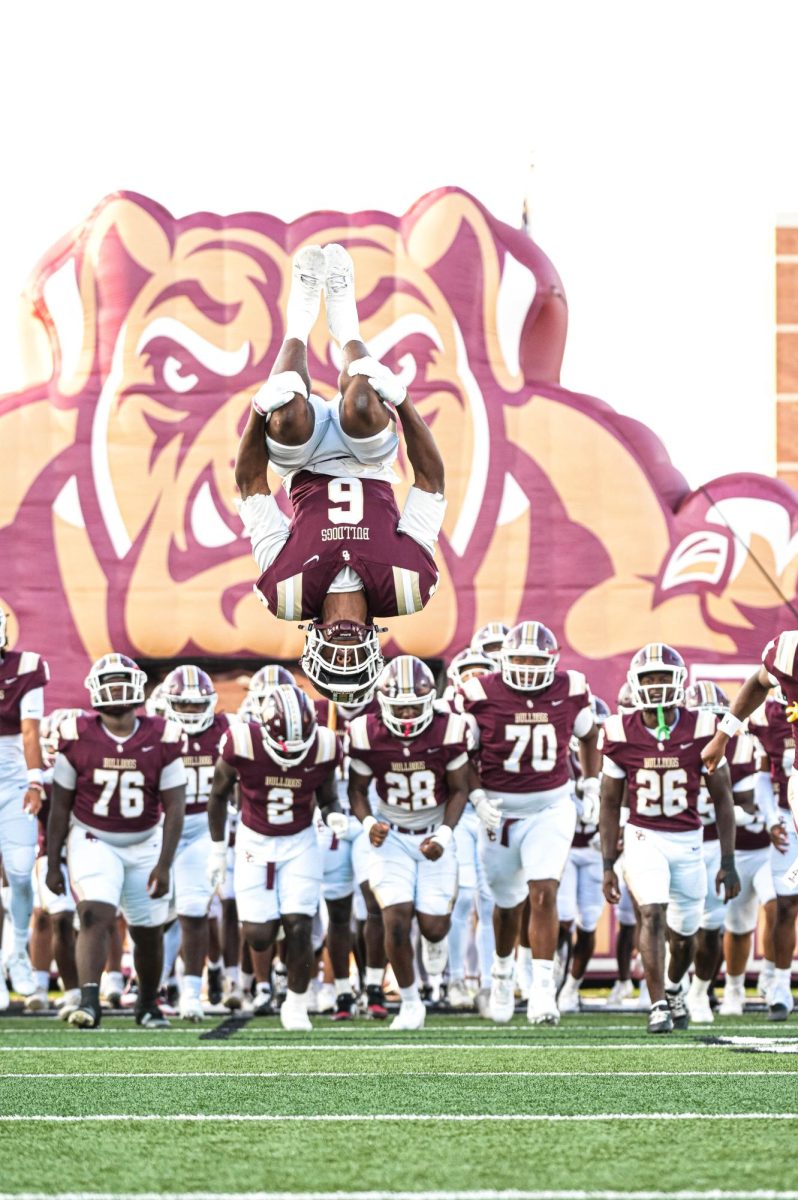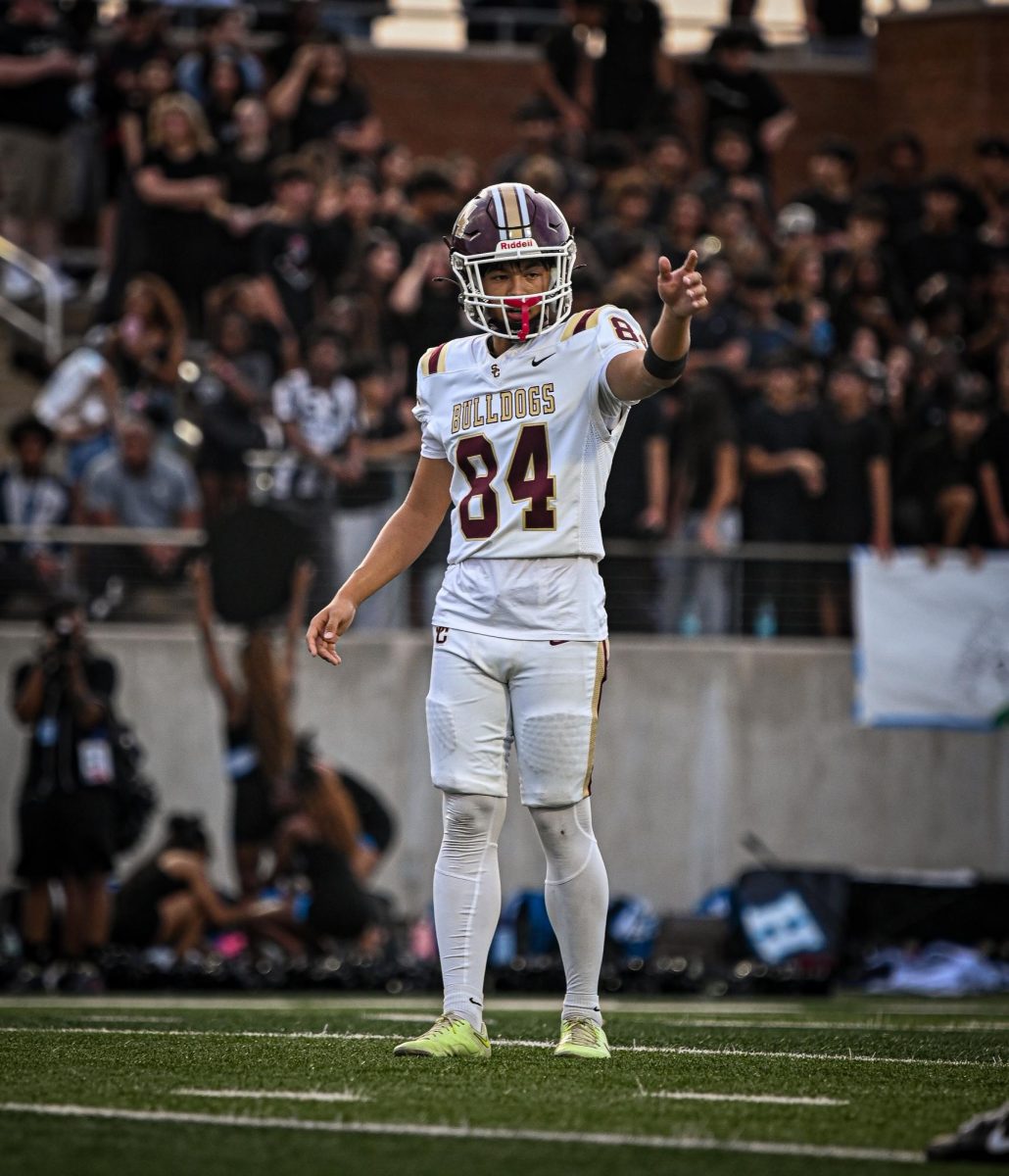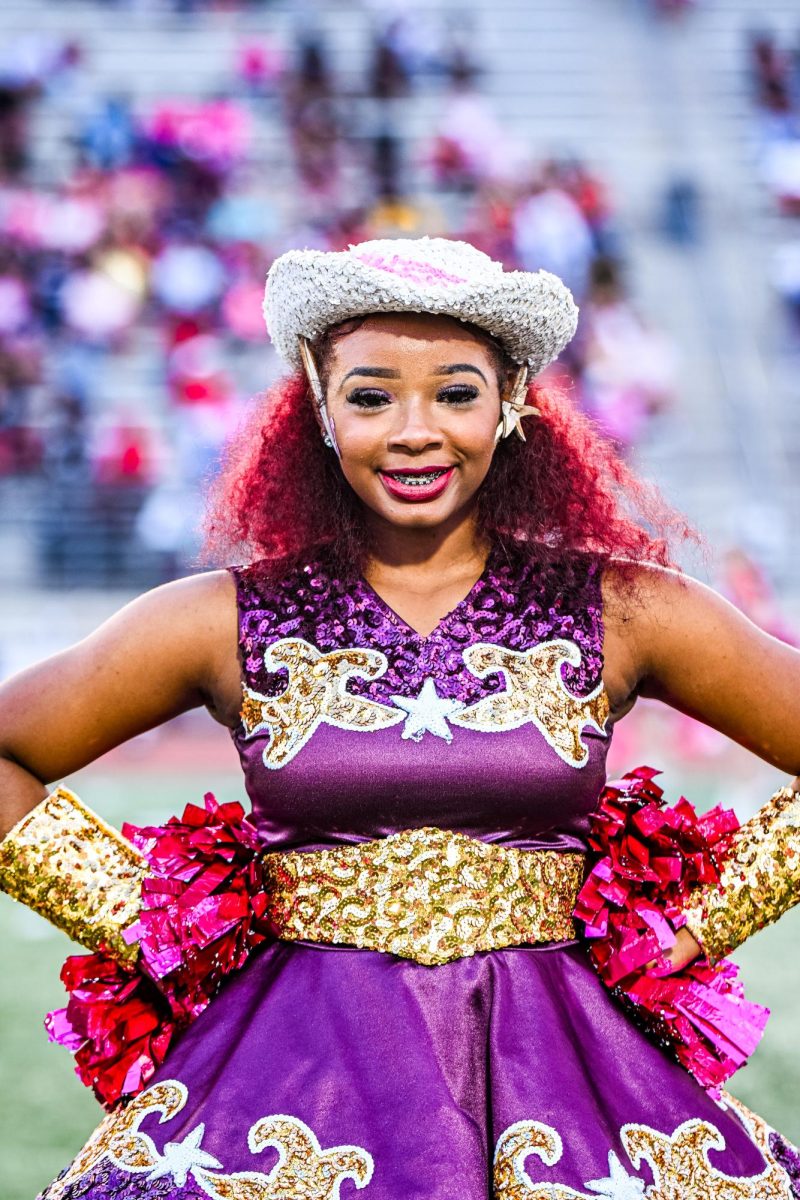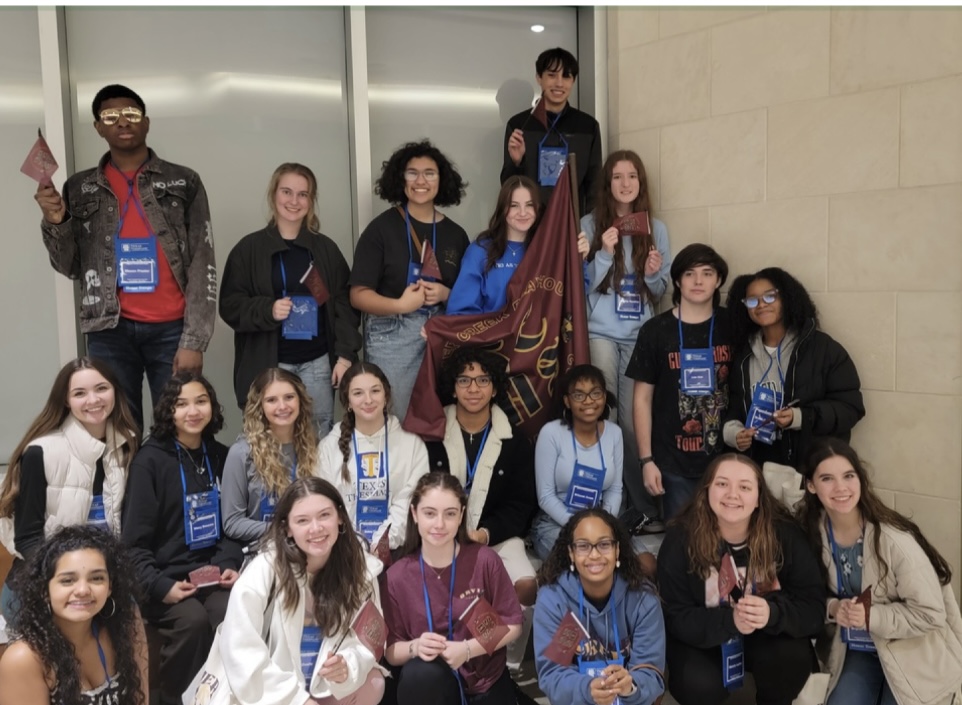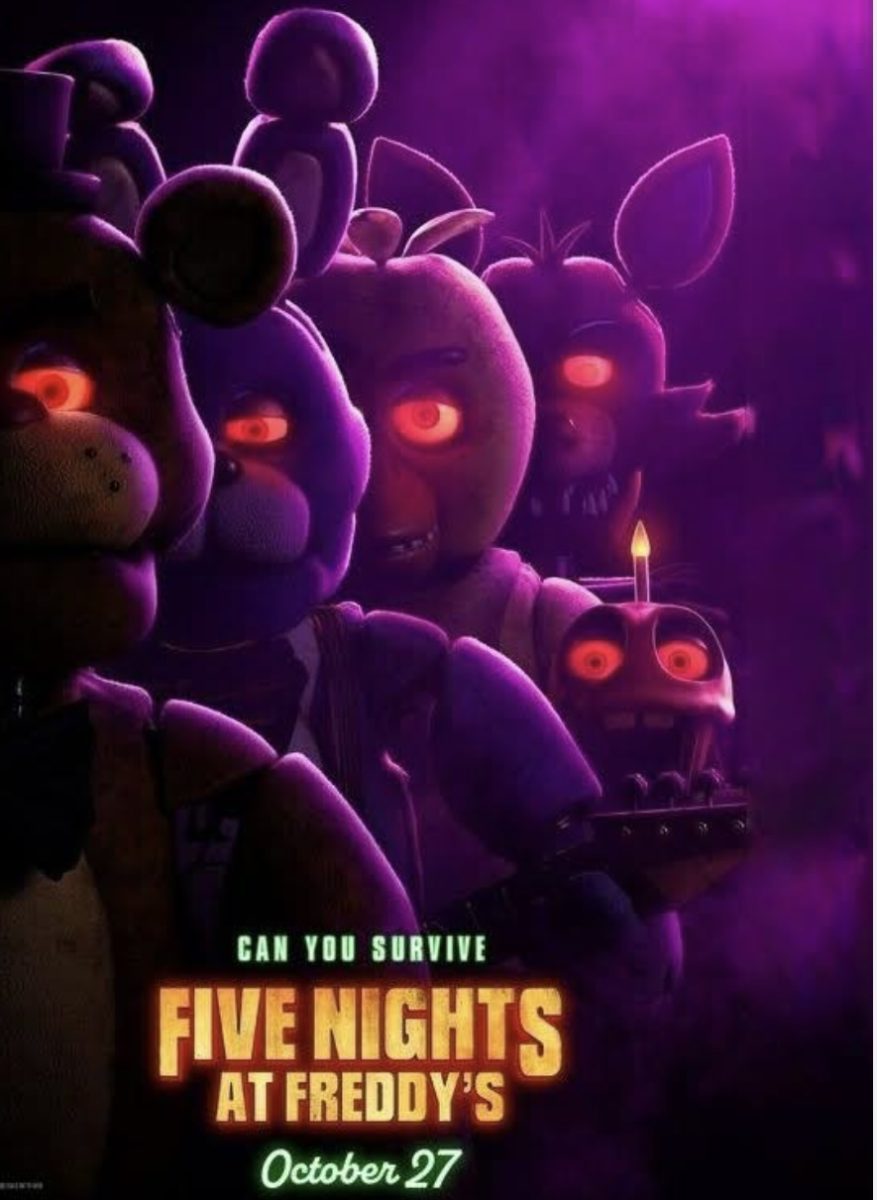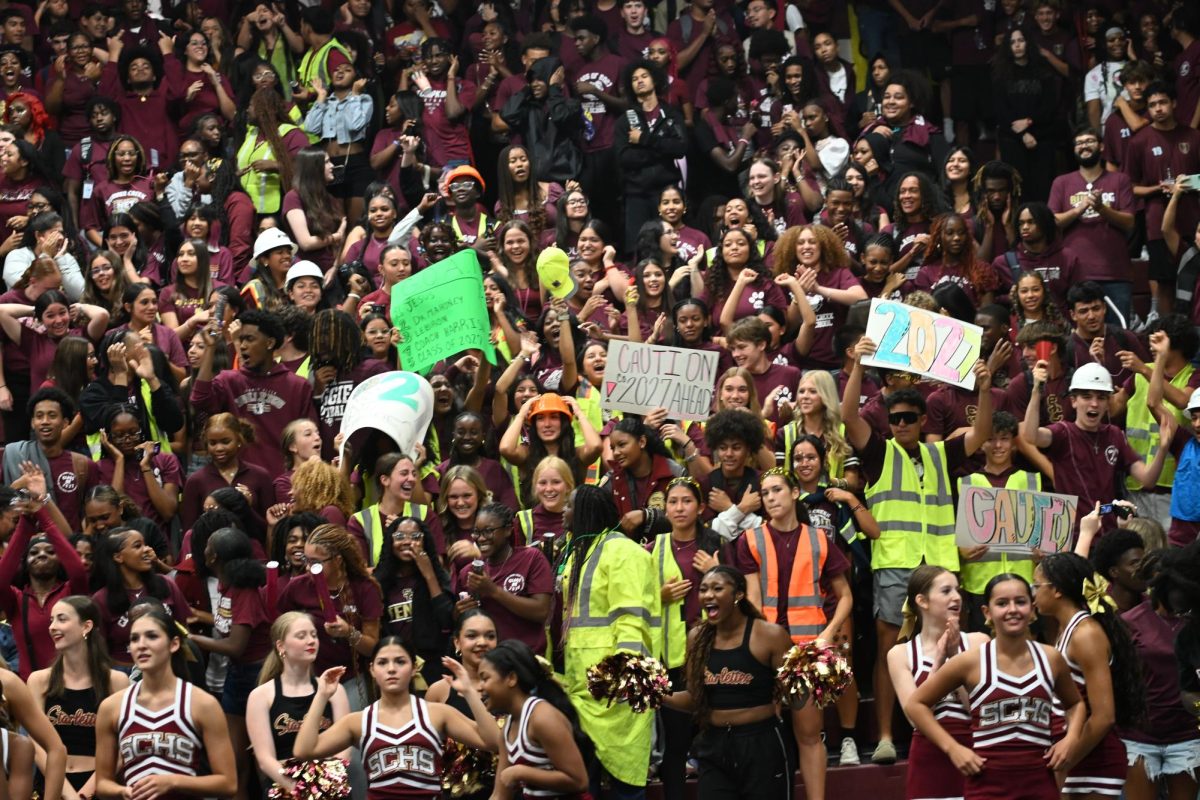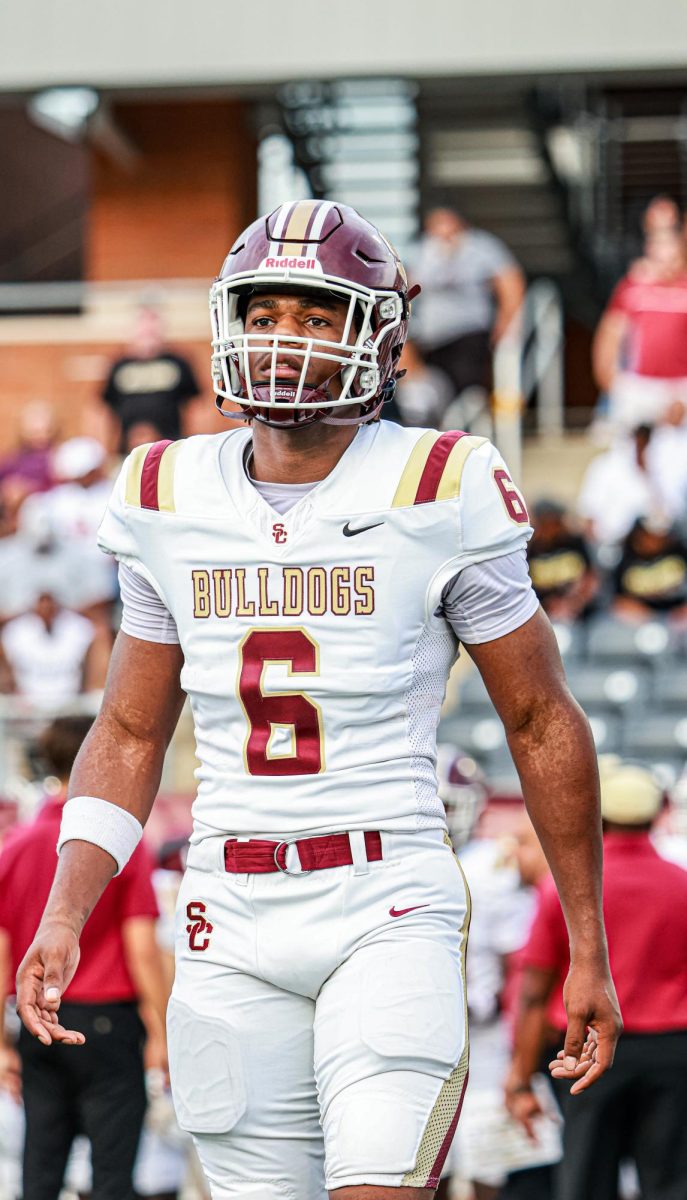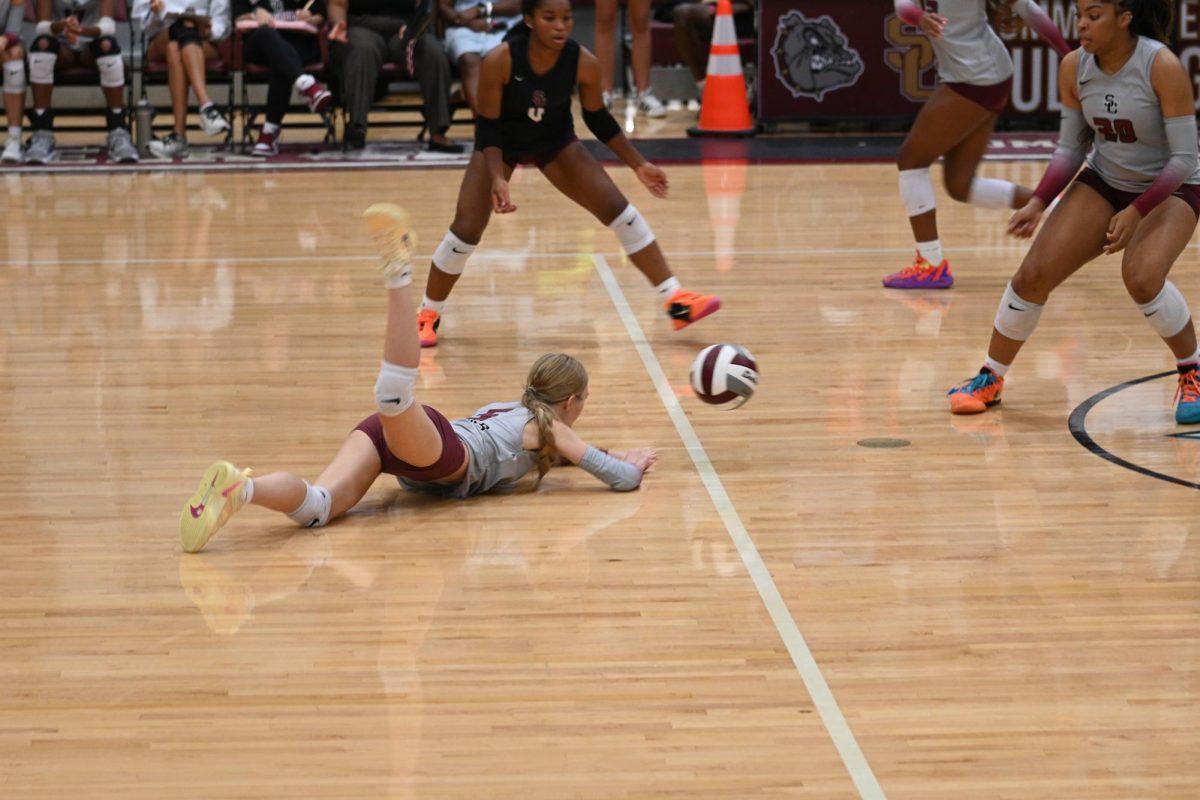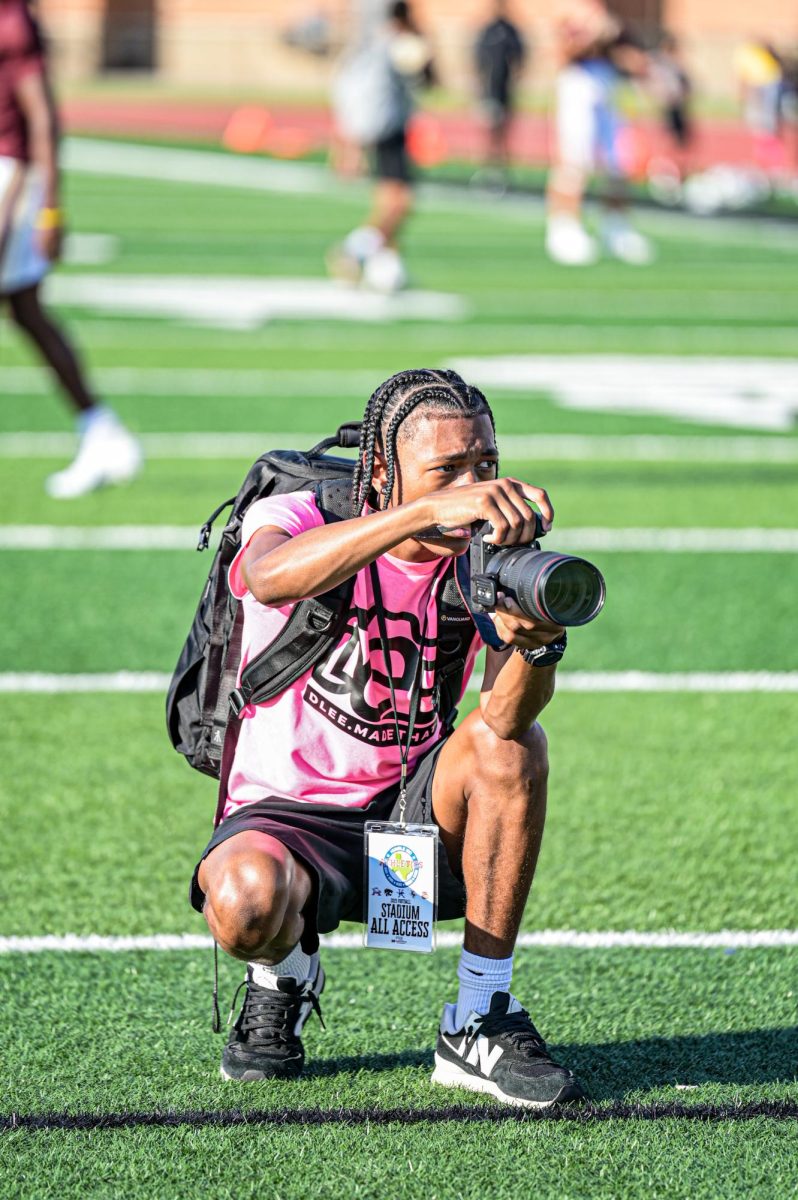Once a year, approximately 100 anxious dancers tryout to become a Starlette. Girls must learn a dance, master their right and left split, and demonstrate strong leadership abilities, character, and academics. After a week-long tryout process, dancers find out if they make the team. This year, Starlette tryouts were a weeklong process taking place between Monday, April 12th, and Friday, April 16th. Starlettes head coach Teresa Aranda breaks down what it takes to be a member of the team.
“Judges are looking for potential,” Aranda said. “They’re looking for ability to dance, willingness to work really hard, and you can tell that when somebody dances, even if they don’t nail a leap or a right split, if they look in their face like they’re really trying hard… they’re going to give that kid points for it.”
In addition to an athlete’s potential, judges are looking for each dancer’s technical abilities and skill level. This year, the Starlettes compete in the “Classic” dance category, in which they are judged as a typical dance team. Next year, however, the Starlettes will be competing in the advanced category, a top-tier level. At this level, the team’s technical skills will be more harshly judged.
“The ability of the entire team has to go up,” Aranda said. “I can’t just have my 20 phenomenal dancers, I have to have 60 phenomenal dancers.”
Upping the ability of the Starlettes at tryouts to prepare their team for the competition season next year, Aranda increased the difficulty of the tryout material.
“We already have to start that process, which means today we’re looking at the ability of the technique that the kids have and how they can grow,” Aranda said. “So that starts now, and then from there there’s more competition dances that will be harder, it’s going to be harder to make that dance and so forth,”.
This year in specific the tryout dance includes more difficult choreography and A Le Second turns, an advanced type of turn. Additionally, the tryout dance for current Starlettes hoping to be military officers is more difficult as well, and includes an aerial, an advanced acrobatic skill. What will really set the officers apart, however, is their officer interviews.
“All of my officer candidates are good dancers,” Aranda said. “It’s not even the dance portion that they’re really worried about. It’s when they come to the interview section. They (the judges) want to know where their heart is, they want to know what their leadership ability is, they want to know their dedication and who’s gonna dedicate themselves to the team. After the interview it either ties it all together or it just questions their “why” more.”
Future Starlette officer candidates also undergo a notebook process where they answer approximately 40 questions on topics like strengths and weaknesses as a dancer, officer, and leader, and positive change they would like to implement in the team. Beyond the officer book candidates make and beyond the officer interview and tryout dance, Aranda upholds the value of respect as a foundational principle on the team.
“Respect is number one in my book,” said Aranda. “If they do not have respect for themselves, for me, for the team members, then that’s an absolute no. You can be the best dancer in the world, but if you have zero respect for your team members that’s an absolute no from me, and you have to automatically be dismissed… I think respect is a huge foundation of everything. If you have respect for your other team member who is trying hard, then you can turn around and say you want to work hard. Respect is our main foundation with Starlettes.”

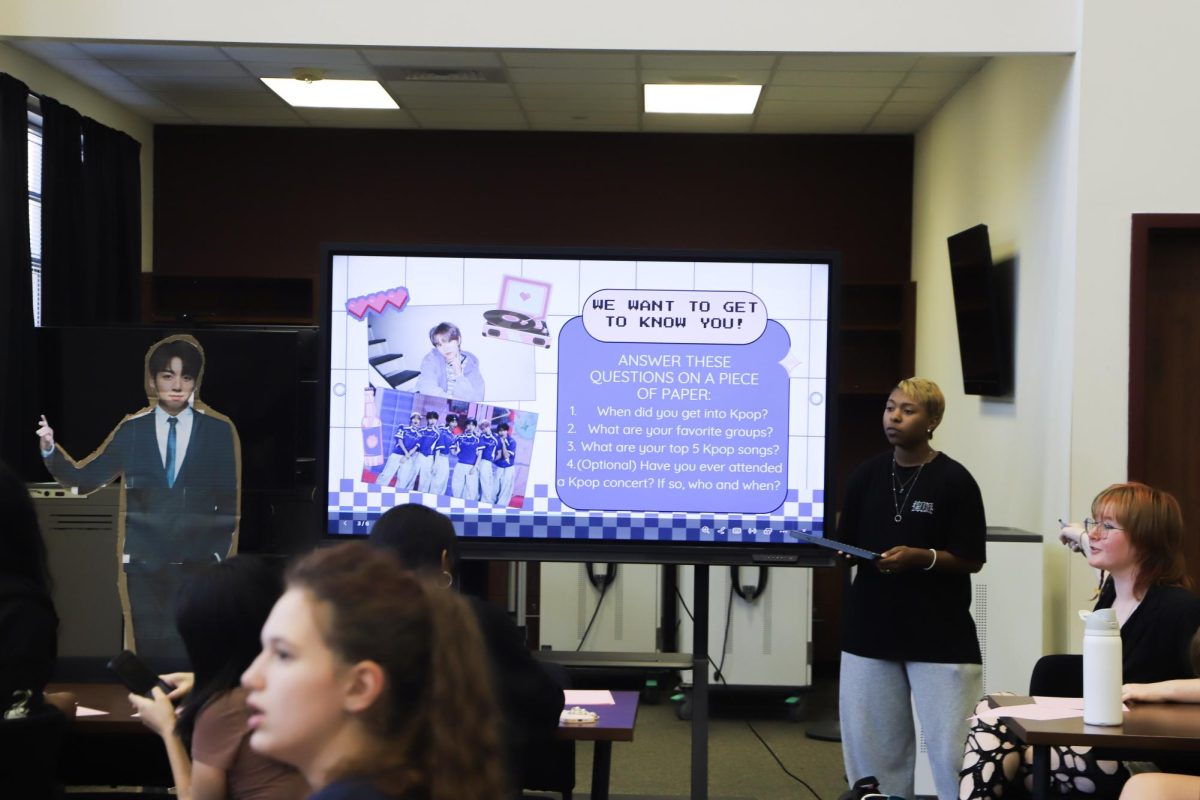
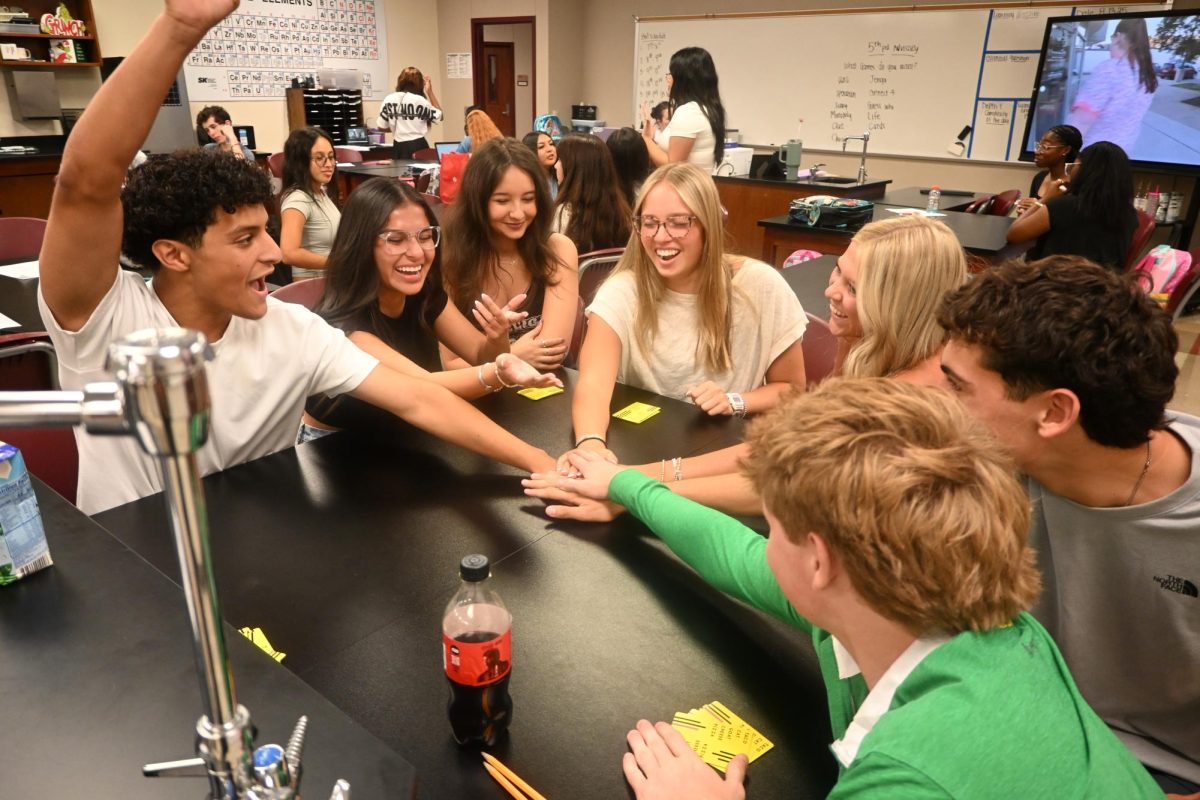

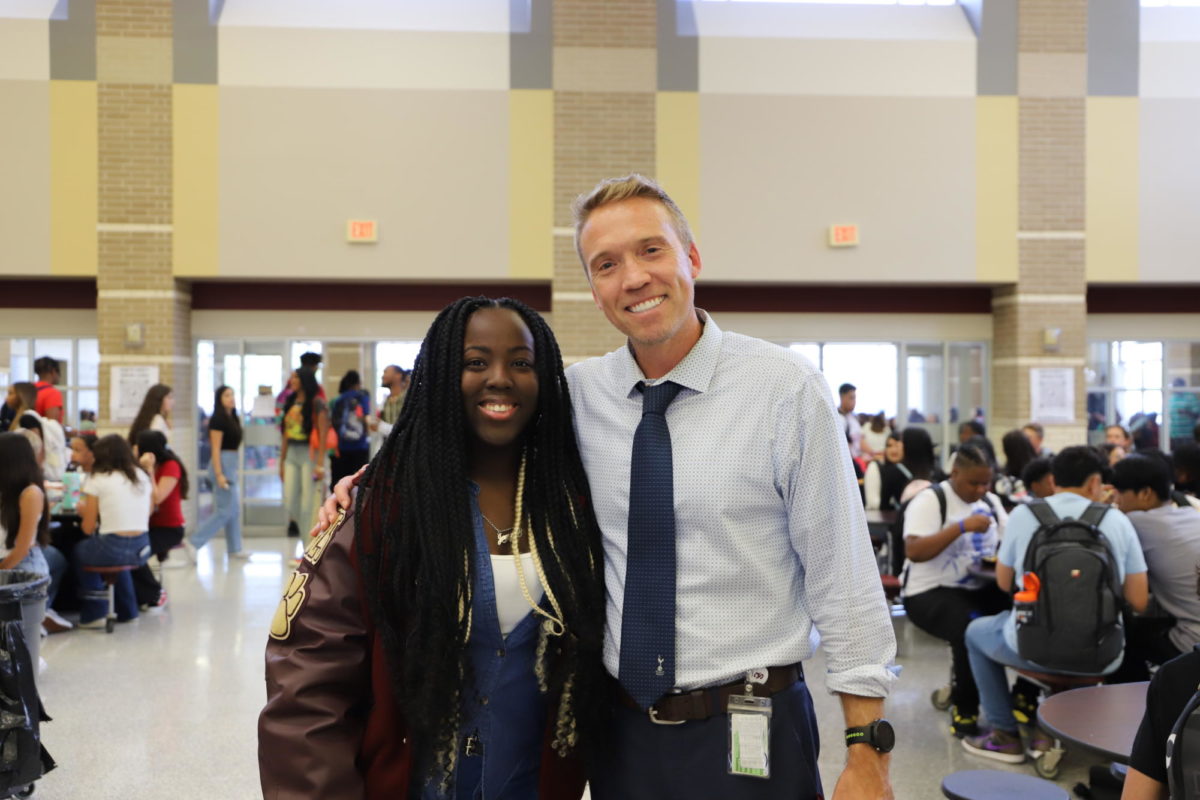
![[File Photo] Band members perform during halftime in the 2024 football season.](https://schscreekside.com/wp-content/uploads/2025/08/DSC_7149-1200x800.jpg)
